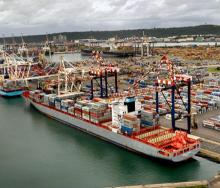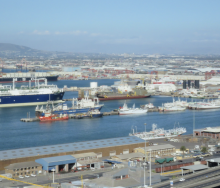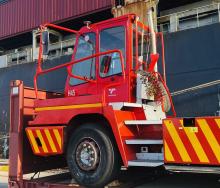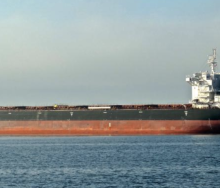The falsification, or misdeclaration, of the verified gross mass (VGM) of a container could result in up to 10 years of jail time for guilty shippers.
That’s the warning from Transnet Port Terminals (TPT) senior manager of strategy, Willie Coetsee, who told FTW Online that punitive measures for deliberate and unethical ‘cheaters’ of the new VGM regulations would be imposed by the South African Maritime Safety Authority (Samsa).
In five weeks’ time (July 1) the International Maritime Organisation’s (IMO) new Safety for Life at Sea (Solas) VGM regulation, requiring the mandatory weighing of all containers before they are loaded aboard ship, takes effect.
“For individuals not complying with the requirements for weighing equipment, the Legal Metrology Act of 2014 has provisions whereby offenders would be liable for a fine or imprisonment for a period not exceeding 10 years or both,” he said.
And shippers will look for ways to try to cheat the system – especially with today’s advanced technology, said Peter Besnard, CEO of the South African Association of Ship Operator and Agents (Saasoa). He suggested that they could try to falsify their VGM certification.
Coetsee offered another example: “Shippers could deliberately misdeclare the weight of a container by making use of weighing equipment that has not been approved for method one – one of two methods prescribed by the Solas regulation.”
And it’s not just potential criminal penalties as shippers who misdeclare their cargo will also face additional trucking costs and documentation fees. “If a container’s arrival and departure weights do not match, they will not be loaded onto the ship but instead sent for further inspection,” Besnard pointed out.
However, added Coetsee, the VGM regulation does allow for a little bit of wiggle room where the difference between the departure and arrival weight of a container and its contents is concerned.
“There can be small differences in weight due to environmental factors such as humidity on wood pallets and cartons,” said Coetsee.
“Some cargo products may incur normal, minor changes in mass from the time of packing and weighing until delivery due to evaporation or humidity changes, and some containers’ tare mass may change over time and vary somewhat from the tare mass marked on the container. However, these margins of error should not normally present safety concerns.”













